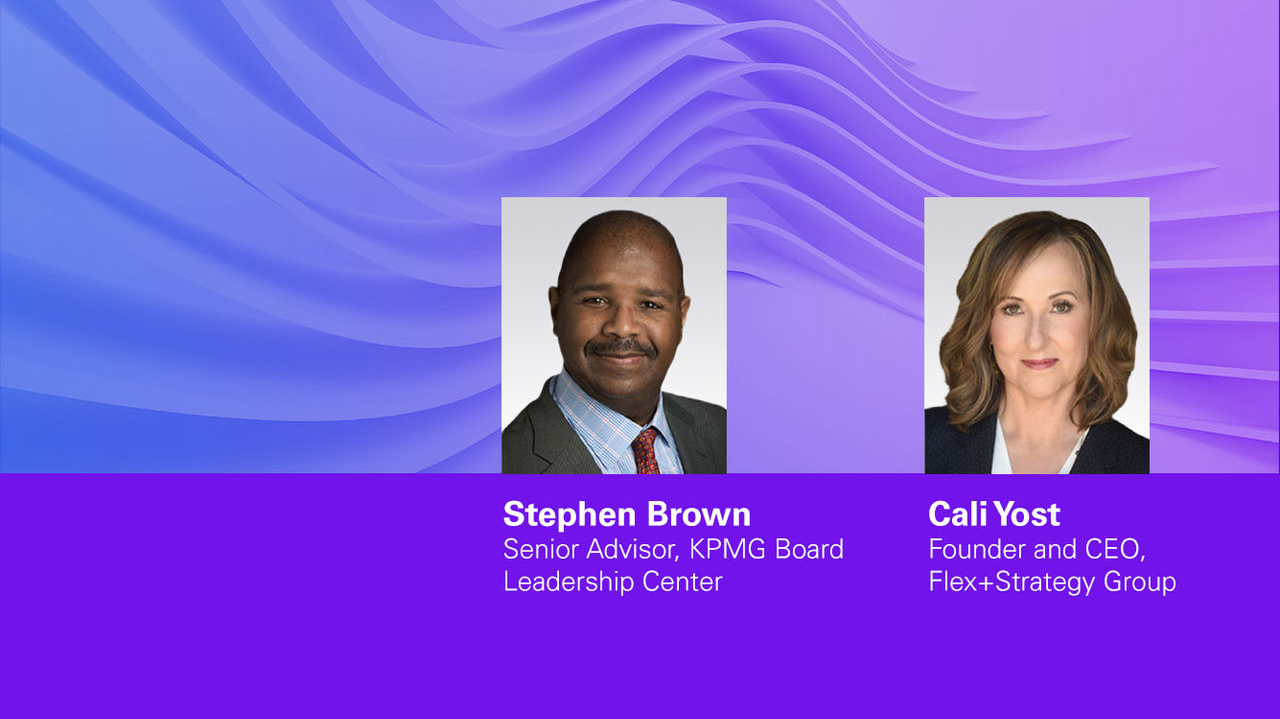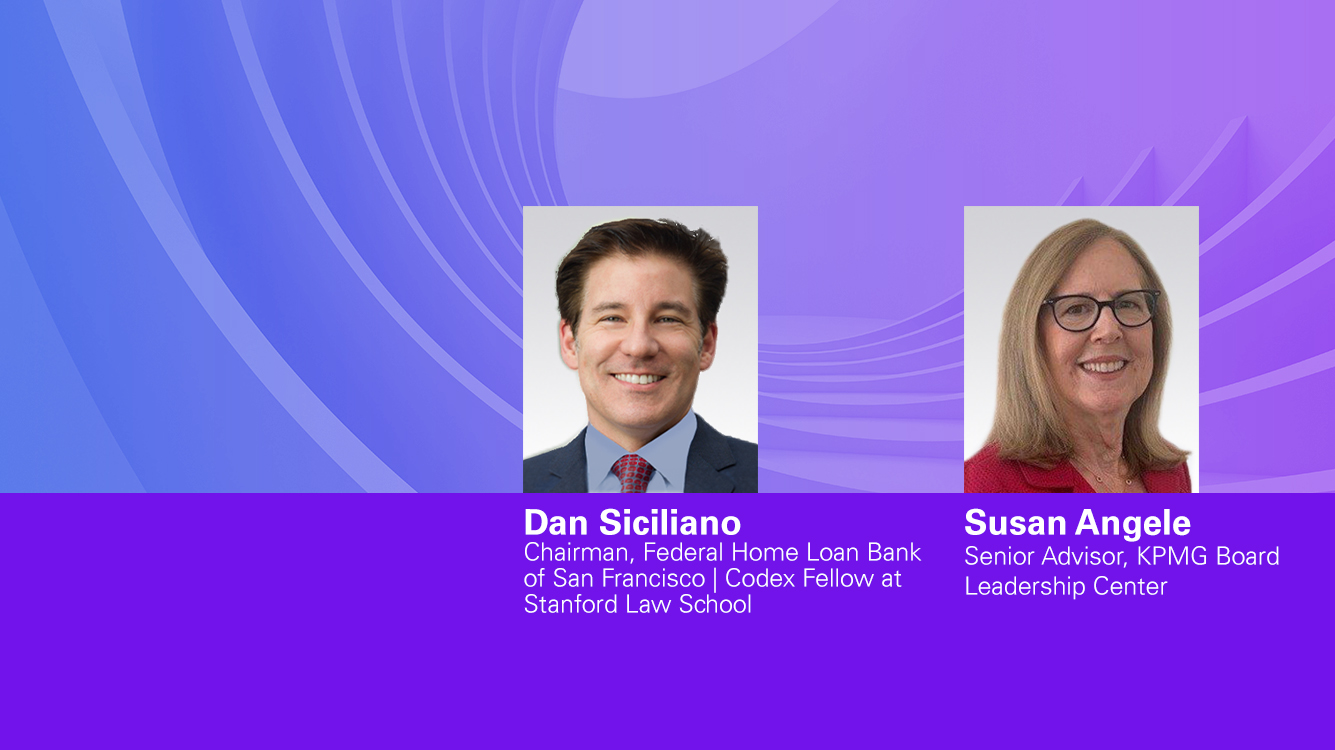Risk Oversight
Cyber security. Compliance. Geopolitical volatility. Supply chain disruption. Leading boards continue to calibrate their oversight of current and emerging risks—from improving information quality to reinforcing the right culture.

Featured board insights and programs

Climate in context: Geopolitics, business, and the board
Climate change, energy transition and positioning companies for the risks, opportunities, and transformations ahead

Quarterly webcast: A Boardroom Lens on Generative AI
A discussion on transformational implications of generative AI—opportunities, risks, and disruptions ahead—and how boards can help their companies navigate the promise and pitfalls of this game-changing technology.

Q&A with Paul Munter, SEC chief accountant
In a mid-December interview, SEC Chief Accountant Paul Munter shared his views on audit committee expectations and oversight of risk management and the control environment, among other issues.
Risk Oversight
Risk Video Insights
Receive the latest insights from the Board Leadership Center
Sign up to receive Board Leadership Weekly and Directors Quarterly







